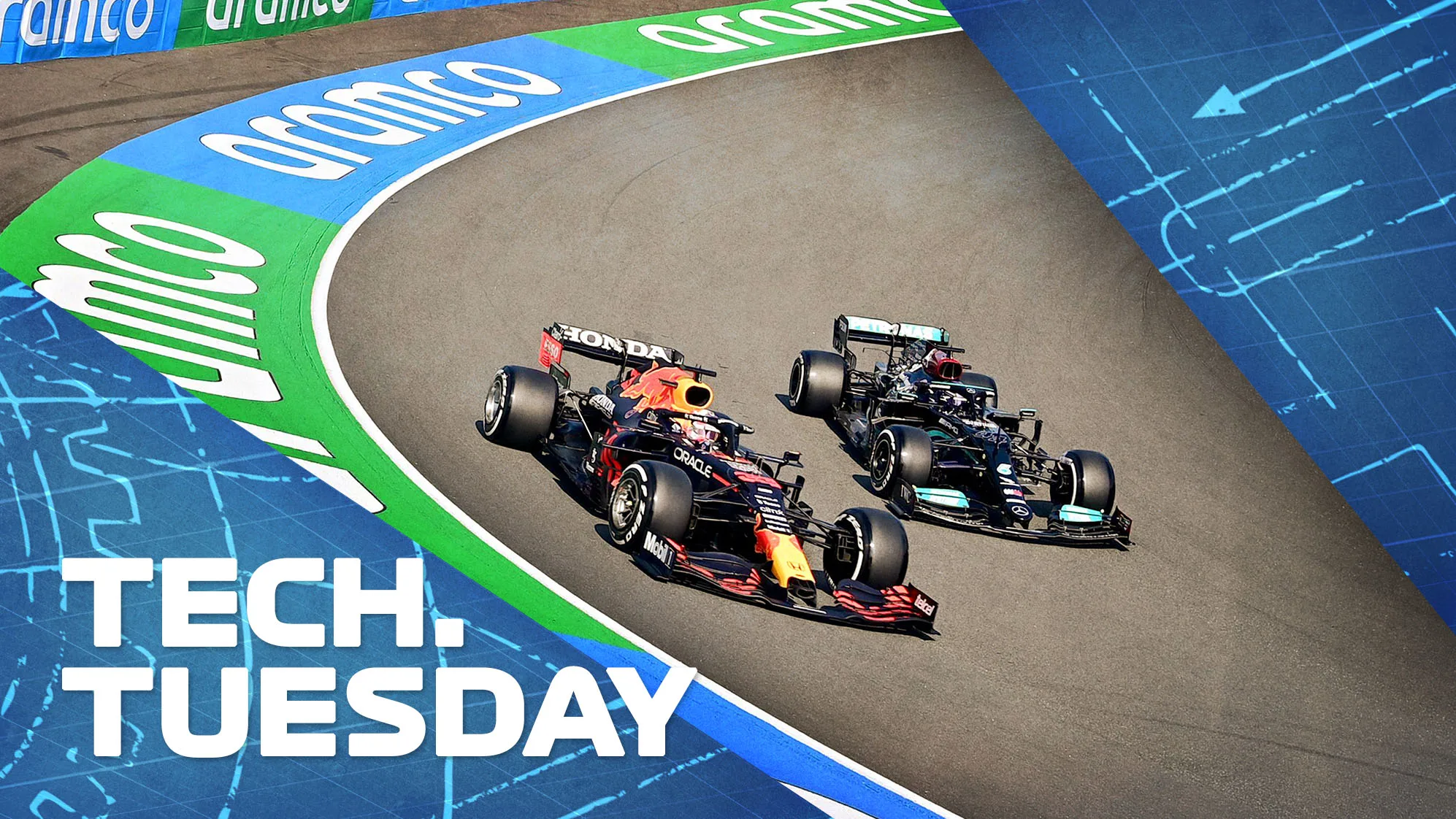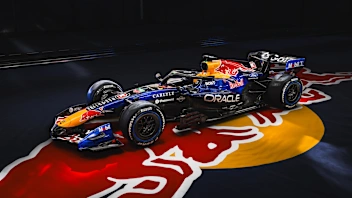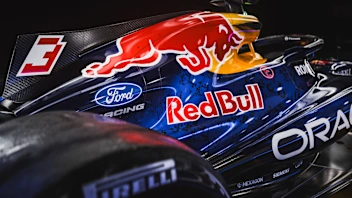TECH TUESDAY: Why Zandvoort’s banking left Mercedes playing catch-up to Red Bull


In the ongoing contest between 2021’s two fastest cars, the Mercedes W12 and Red Bull RB16B, Zandvoort proved to be perfectly configured for the high downforce traits of the latter and presented some difficulties for the Mercedes.
Although the circuit design rewarded the high-downforce of the Red Bull design perhaps better than the more aero-efficient low-rake Mercedes, the main difficulty for the Mercedes came in the transition from the right-hander of Turn 2 and where it merges with the dramatic banked left-handed approach of Turn 3, the Hugenholtz corner.
READ MORE: Why Mercedes’ two-pronged pincer movement on Verstappen failed at Zandvoort
Just through that small section of track the Mercedes was losing 0.18s to the Red Bull in qualifying – and was slower through that section even than cars which were much slower than the Mercedes over the lap. There was just something about that corner to which the Mercedes was fundamentally unsuited.
As Mercedes’ Andrew Shovlin explained: “The banked corners are very unusual and certainly the sequence of Turn 2/3 is quite tricky. There are maybe elements that are quite specific to our car that make it difficult.”
The dynamics of a car entering a banked corner are extra complex when the car is still changing direction from the previous corner on the approach. Visually the Red Bull completed Turn 2 earlier – in that Max Verstappen could more easily get the car from the left-hand exit of 2 over to the right-hand side of the track for the ideal approach into 3.
The Mercedes would still be scrabbling on the exit of 2 at a point where Verstappen was already able to steer his car positively to the right and as a consequence the Merc’s line into the banked corner tended to be lower and more compromised.
Valtteri Bottas reported that in the first session on the new track the car was exhibiting excessive oversteer in the middle sector of the lap and that set-up changes to cure this had given it too much of an understeer balance in the first sector. That understeer through Turn 2 may well have been the car’s defining problem through that whole sequence.
“When you are doing the simulation work you usually know how to set up the simulator very effectively,” continues Shovlin, “and the balance we had on the simulator was quite different to the one that we came here and started running the car on Friday with. That was why we had to move it a bit more in terms of set-up than we do normally.”

The team were later speculating about whether the Mercedes’ long wheelbase could have been contributing to the problem. Certainly both Bottas and Lewis Hamilton were frequently grinding their right-front wing endplates through the banking – the extra length of wheelbase would cause the front of the car to dip more from any disturbance at the rear than on a shorter wheelbase car, something that would be exacerbated on the more loaded right-hand side by the 19-degree banking.
TECH TUESDAY: How wing levels could decide the 2021 title fight between Red Bull and Mercedes
The Red Bull had no such problems and Verstappen was instantly into the groove of the track and of that special corner. Since Spa, the RB16B’s underfloor downforce – probably the strongest part of its performance – has been further enhanced by a tweak around the Z-section of the outer floor.

The Z – which all the cars now feature – is there to trip the air into a vortex which then spills to the underside edges of the floor to form a sealing effect for the whole floor. It is effectively doing the job which the previous floor slots, banned for ’21, used to do.
READ MORE: 6 Winners and 6 Losers from the Dutch GP – Who had the crowd on their feet at Zandvoort?
Since Spa, the Red Bull has featured an extra channel for the air as it sweeps from the lower sidepods towards that Z section. The twin vanes converge to a narrowing gap, accelerating the air speed by manipulating the pressure, and so when the air then encounters the vortex-inducing Z it is travelling faster. The vortex will therefore be faster and more powerful, and the sealing effect on the floor will be greater.
“We are chasing marginal gains now,” said Christian Horner of the car’s development into the second part of the season, “but you’ve got to go for them.”

Next Up
.webp)
.webp)



.webp)